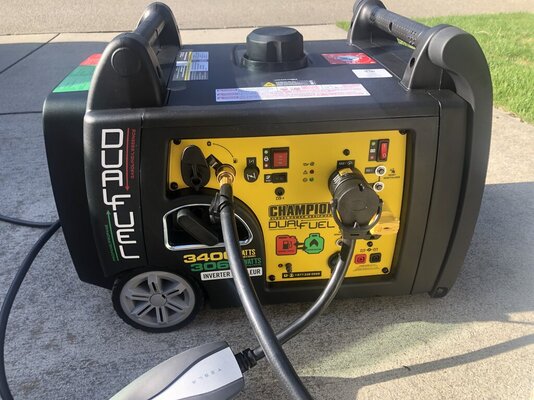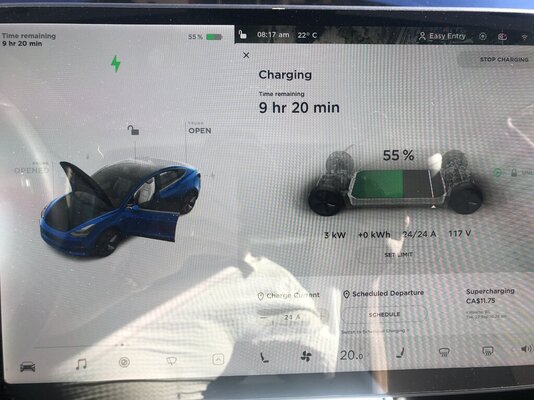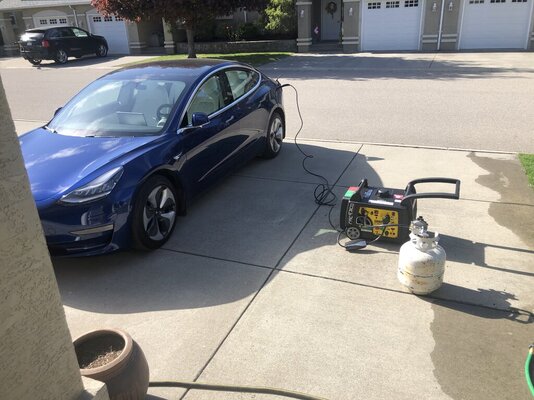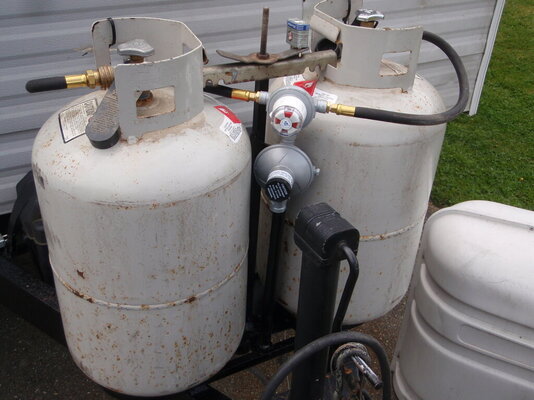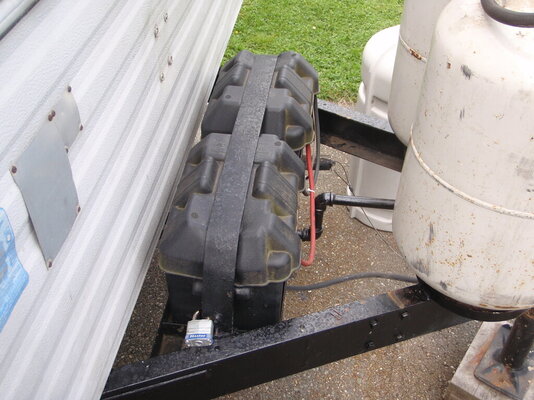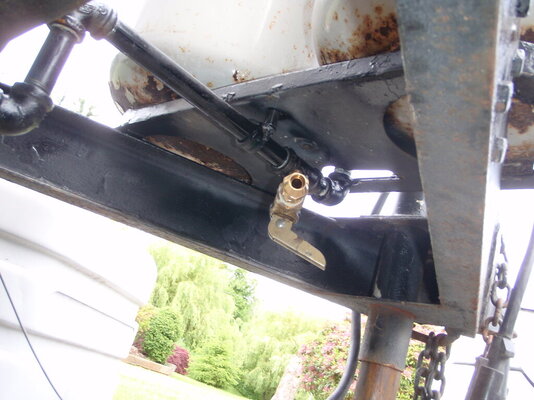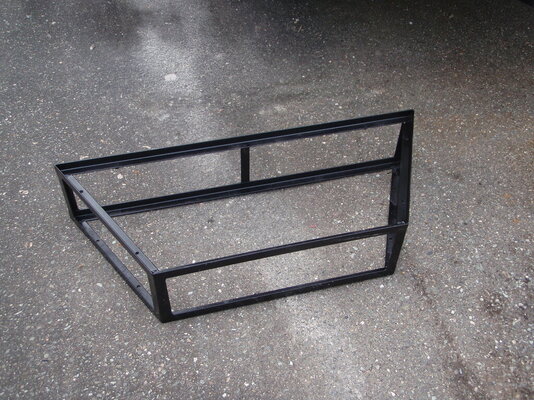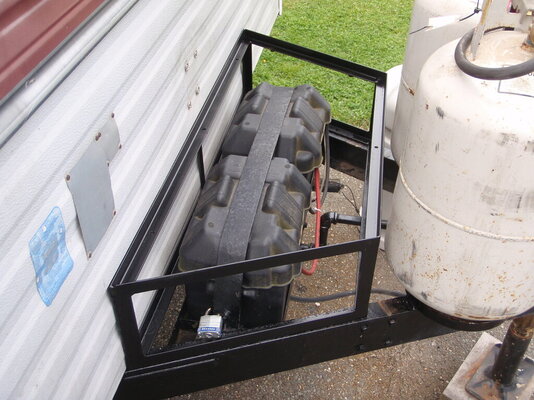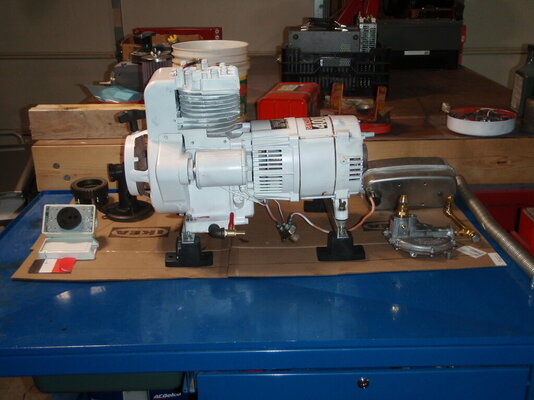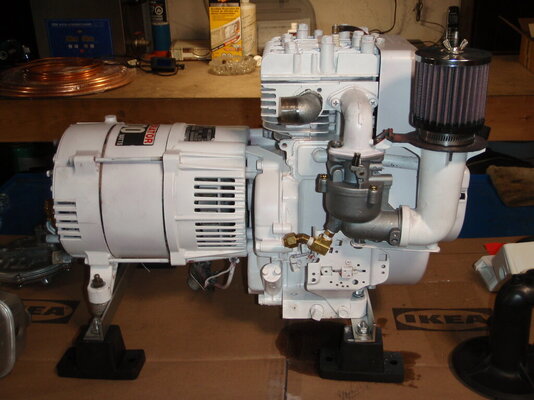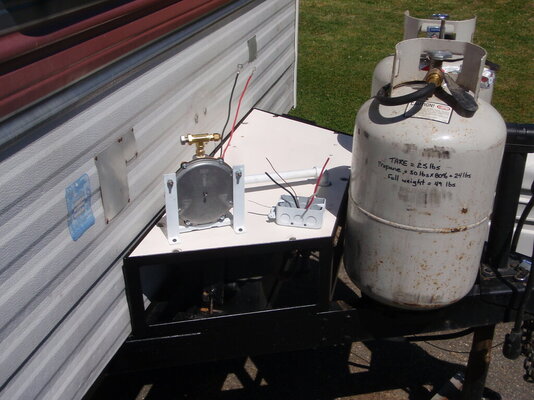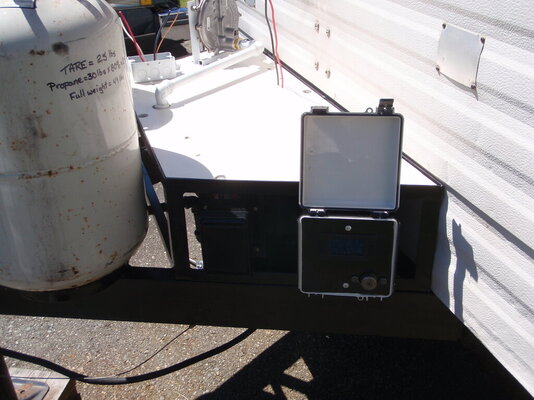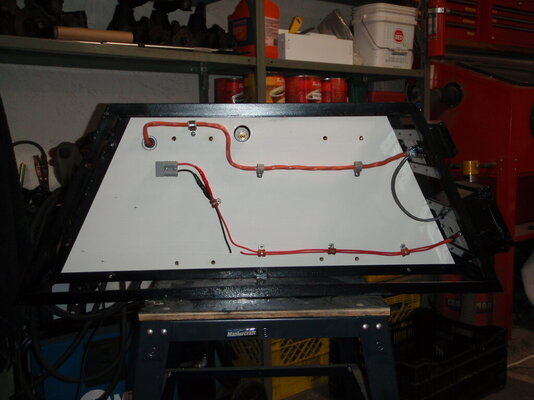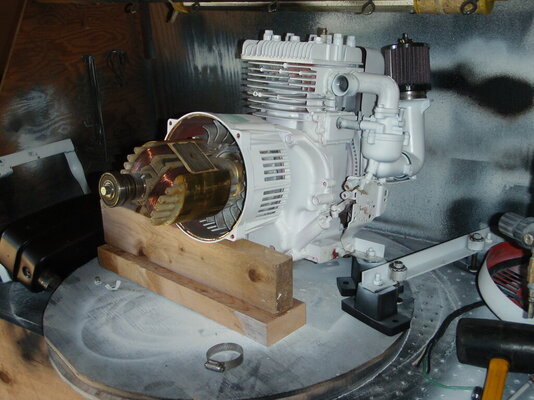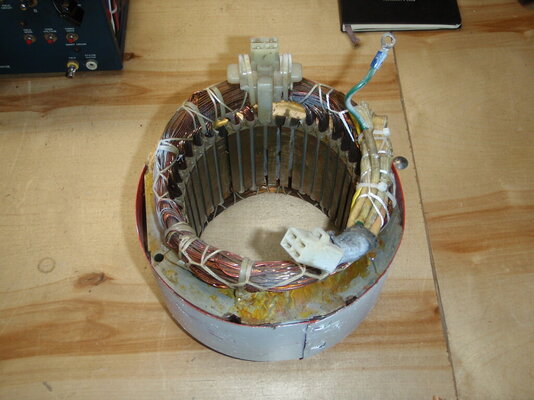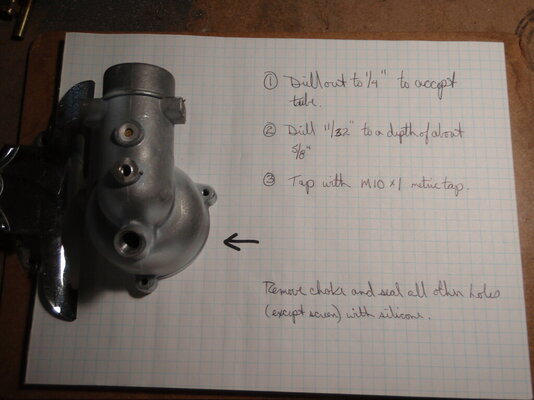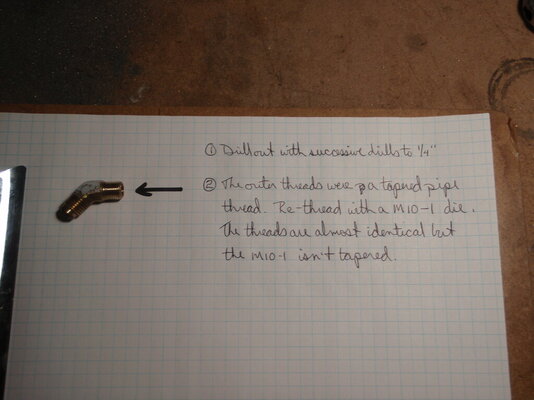JayArr said:Goodspike
I looked at the kits that allow it to run on dual fuel but the kit maker says right on the web site that this comes at a cost to efficiency. If you need to leave the gasoline carb intact then the propane needs to be introduced into the intake manifold at a non-premium location. (The premium location being used by the gasoline jet). I didn't like the idea of losing some of my efficiency just for the ability to one day use gasoline, the benefit didn't equal the cost for me. This inefficiency may not exist on gennys that were designed and built to run on two fuels, it may only be a factor when you're doing a conversion.
Interesting. Not sure why that would be the case. As a practical matter I never run mine on gasoline so you're really not losing much. NG is my first choice, propane second, and I keep a fair amount of the latter around, so it would have to be a very long power outage to need to turn to gasoline. Although a major earthquake could cut off my NG supply, meaning I'd need to turn to gasoline faster.

